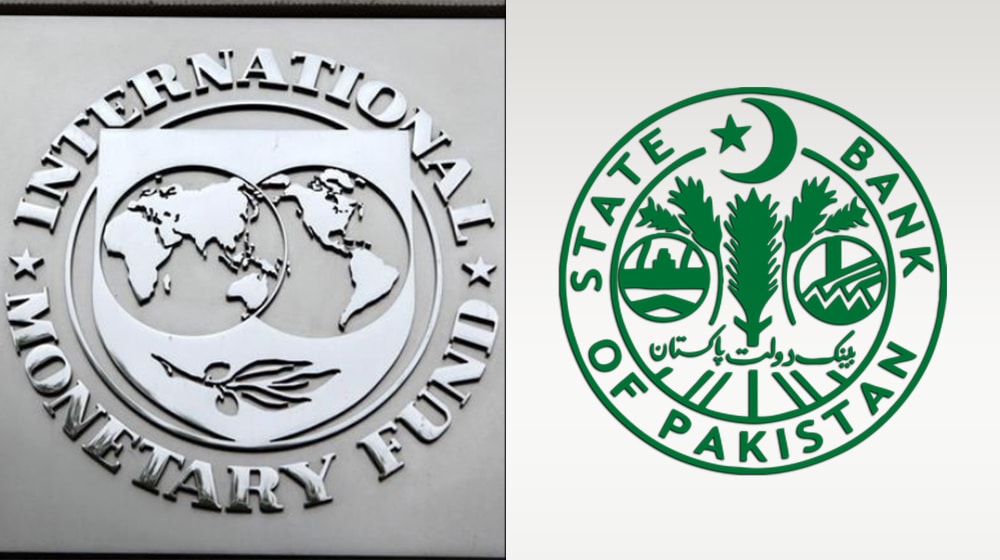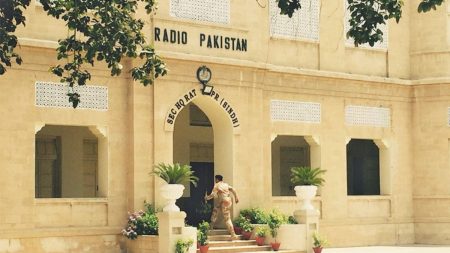Islamabad, Oct 13: Government to Raise SBP Policy Rate Amid Surging Inflation and External Pressures. In the event that external forces endanger financial and external stability in SBP Policy . Or if new inflationary pressures materialize, the government has promised to the International Monetary Fund (IMF) to raise the policy rate.
In its most recent report, “2024 Article IV Consultation and Request for an Extended Arrangement under The Extended Fund Facility.” The Fund made notice of this.The Fund has advised that evidence of declining core inflation and re-anchored inflation expectations should be the basis for any additional policy rate reductions.
The monetary stance will continue cautious with a sizeable positive real policy rate (now roughly 10 ppts ex-post) in recognition of the internal and external uncertainty. The authorities think that the tight policy played a major role in keeping the average inflation for the fiscal year 2025 below the 11.5–13.5 percent level that was previously projected.
The Fund declared that in order to guarantee that inflation swiftly approaches the goal range set by the State Bank of Pakistan (SBP). Monetary policy must continue to be stringent and data-dependent. It further stated that policy rates will continue to be data-dependent and materially positive in real terms in order to swiftly adapt to changing pricing dynamics.
The policy rate’s latest drop was justified and in line with the ongoing strict policy approach.As it moves closer to the “last mile” in its battle against inflation, the SBP Policy should continue to be on guard. Any more reductions to the policy rate should only come about in response to proof that core inflation is slowing and inflation expectations have stabilized.
The Fund added that improving SBP’s safeguards in monetary policy operations is essential to lowering risks to its balance sheet and bolstering governance. That fresh measures are required to boost monetary transmission.
1.The study also mentioned that the inflation anticipation survey will be in line with best practices to facilitate the development and application of monetary policy.
2.Reducing credit aims and fiscal dominance will, more generally promote improved monetary transmission, finance deepening, and allocative efficiency, notably by reducing the need for borrowing by the public sector through fiscal consolidation;
3.Cutting back on loan allocation to give market forces more of a say. For example through SBP’s refinancing programs; and giving up control of financial institutions to the state.
The Pakistani government has promised the Fund that, in addition to ongoing efforts to enhance our policy frameworks and bolster monetary transmission. Monetary policy will continue to be suitably restrictive to steer inflation toward target.
Additionally, they pledged to keep real policy rates positive and to stick to a data-dependent strategy. Meaning that any policy rate reductions would, in their opinion, happen gradually given the ongoing high risks. Would be based by convincing evidence that both inflation and inflation expectations are sharply declining.
Additionally, should fresh inflationary pressures materialize or outside forces pose a danger to financial and external stability.We are prepared to raise policy rates. The authorities continued, “Given the importance of re-anchoring inflation expectations for boosting central bank credibility. We will advance work to align our inflation expectations surveys with best practice by end-fiscal year 2025. We are also considering the issuance of a dedicated monetary policy report to strengthen our communication around policy decisions.”




![PMDC Withdraws Strict Exam and Attendance Rules PMDC MDCAT Answer Key 26 October 2025 Download PDF [ Link Out ]](https://bloompakistan.com/wp-content/uploads/2025/10/PMDC-MDCAT-Answer-Key-26-October-2025-Download-PDF-Link-Out--300x169.webp)




